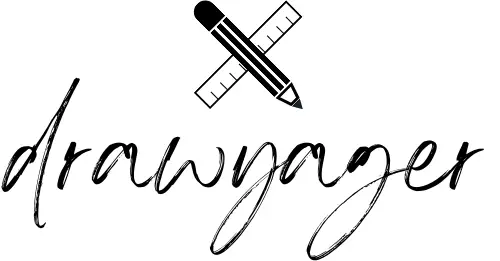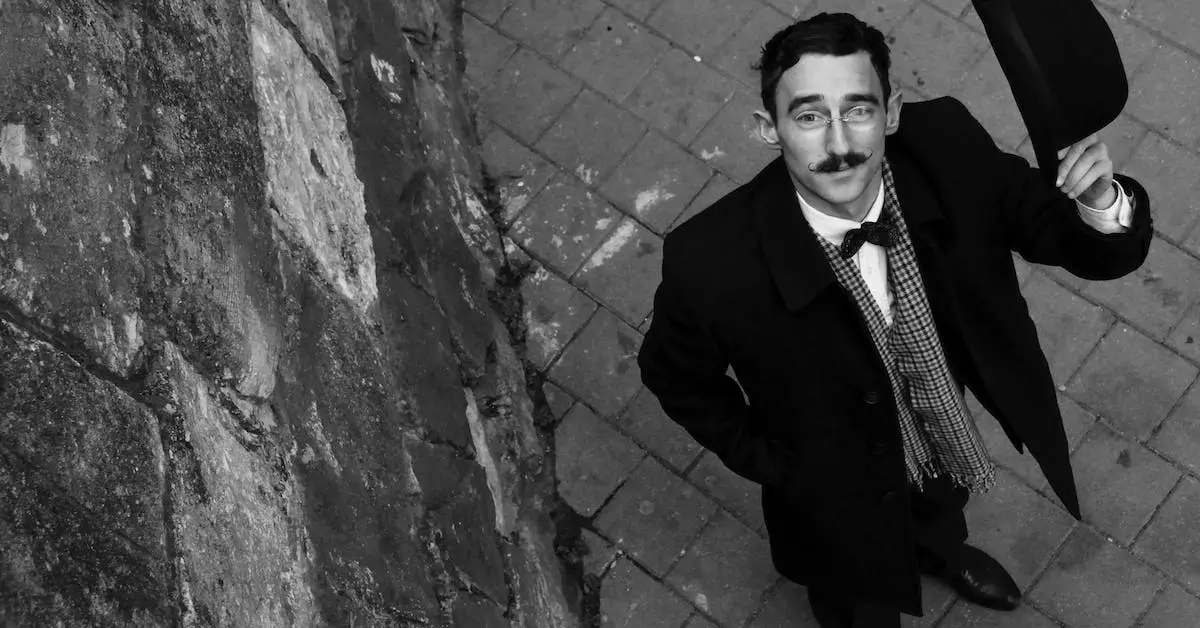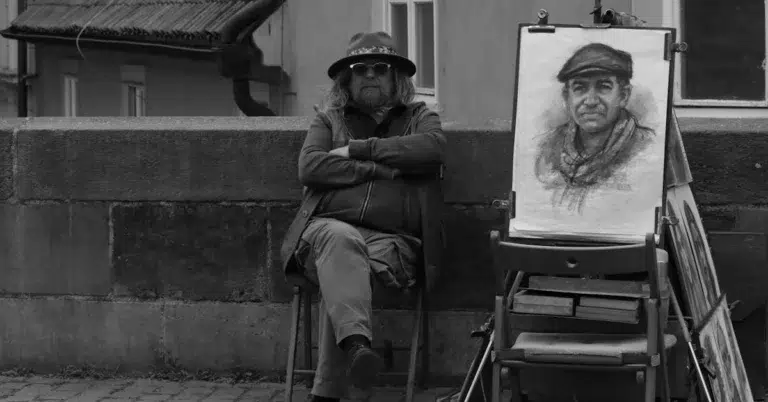Creating representations of male characters is an intricate task, even for experienced artists. It’s important to strike the perfect balance between muscle anatomy, the correct proportions of the body, and expressive facial features to transform a simple sketch into a captivating piece of art. Picking the right male pose reference is vital as it sets the foundation for a true depiction of manliness. Regardless of whether my projects involve developing a graphic novel, formulating character designs, or engaging in traditional artwork, having access to a diverse collection of male poses greatly enhances my work and infuses my characters with vitality.

The subtleties of male anatomy are often best understood through observation and practice. This is where male pose references come into play, allowing me to study the nuances of light, shadow, and form. A variety of male pose reference resources are available online, catering to different needs—from static, high-resolution images to poseable 3D models that I can tweak to get just the right angle. When I use these references, I save time and ensure that my drawings are anatomically coherent and visually compelling.
Understanding Male Anatomy for Drawing
When creating dynamic drawings, having a solid male pose reference is essential. It allows me to accurately represent the male figure and capture the uniqueness of masculine traits in my artwork.
Basics of Male Anatomy
Want to learn how to draw men that look real? This book shows you how — with over 600 clear illustrations and simple steps. You’ll practice body shapes, movement, muscles, and more. It’s great for beginners and anyone who wants to get better at figure drawing.
You don’t need fancy tools or skills. Just follow the guide and start sketching lifelike male poses today!
Understanding the basics of male anatomy is pivotal when it comes to drawing realistic male figures. The male body is generally characterized by broader shoulders, a narrower pelvis, and more pronounced muscle definition compared to the female form. When drawing, recognizing these key differences helps me achieve a convincing representation.

Muscle Structure
The muscle structure of the male body is often more visible and defined. Key muscle groups like the pectorals, deltoids, and biceps play a crucial role in male pose reference. I find focusing on the interplay of muscular shapes and how they affect the male silhouette enhances the believability of my poses. If you want to learn more about it, read my article about Muscle Drawing References.

Anatomical Proportions
Finally, paying attention to anatomical proportions ensures the drawing maintains realism. For the male figure, typically the body is about seven and a half heads tall. An accurate portrayal of ratios, such as the width of the shoulders to the waist, can make or break a drawing. This attention to detail brings a lifelike quality to my renderings and allows for more authentic male pose references.
Gallery of Male Pose References
Types of Male Poses
When I’m drawing, having a variety of male pose references is invaluable. They help me understand movement, proportions, and the dynamic ways the body can express itself. Let’s take a look at the types of male poses that can add depth and realism to any artistic work.
Static Poses
Static poses are all about stability and balance. These poses often depict the subject standing, sitting, or lying down without much movement. They are essential for understanding the basic structure and proportions of the male body. For artists, static poses serve as a fundamental beginning point, allowing for detailed studies of anatomy and lighting.
- Standing: Feet shoulder-width apart, weight evenly distributed.
- Sitting: Could be on a chair or the ground, with legs crossed or straight out.
- Lying: Typically on the back or side, hands resting naturally.

I also wrote an article about Sitting Pose Reference if you’re interested in more details.
Dynamic Poses
Dynamic poses showcase movement and life. They give an illustration of a sense of energy and can depict a male figure in motion or preparing to move. Such poses require an understanding of how the body shifts weight and how muscles tense or relax during various activities.
- Walking: One foot in front of the other, arms swinging opposite to the legs.
- Stretching: Arms reaching out, back arched, highlighting muscle tension.
- Ride a bike: Sitting still, but still moving with your legs.

If you would love to read more about it, I recommend Dynamic Posing References.
Action Poses
Action poses take dynamic movements to the extreme. They capture high-intensity movements and are perfect for highlighting the expressive potential of the human form. From sports to dance to fighting, action poses are thrilling to work on because they exhibit the body in peak performance and dramatic motion.
- Jumping: Body airborne, limbs may be splayed out or tightly controlled.
- Punching: One arm extended, the other pulled back, legs positioned for balance.
- Dancing: From breakdancing to Latin Dance. There are a lot of drawing ideas.

Maybe you want to read my article Dancer Drawing Reference, if you’re interested.
Sources for Male Pose References
Finding accurate male pose reference material can drastically improve the quality and realism of my artwork. Here’s how I find reliable sources.

Photographic References
I often start with photographic references when capturing the nuances of male poses. High-quality reference photos serve as an invaluable tool for understanding light, shadow, and anatomy. I can either take pictures myself or find online collections. Sites like Pexels are excellent for free resources, with a wide variety of male poses captured in high-resolution images.
Online Pose Reference Websites
There are several dedicated pose reference websites, apps, and software that I frequent. These cater specifically to artists by providing a vast array of poses to practice from. In my article Dynamic Posing Reference, you will find a list of 10 Apps and Software you could use. Another one of my favorites is SketchDaily Reference Site, where I can filter poses by gender, clothing, and even action.
3D Models and Software
When I need more control over the lighting and angle, I turn to 3D models and software. They allow me to create custom poses and view them from any perspective, which is extremely helpful for difficult angles that are hard to find in photographs. Although many 3D options are available for a fee, there are also free solutions that can be just as effective for creating detailed pose references.
Working with Models
When I create artwork, having a rich variety of male pose references is crucial to capturing the human form accurately. Effective use of models, whether nude or clothed, can greatly enhance the quality of your drawings.

Nude Models
Nude models offer an unobstructed view of anatomy, which is essential for understanding the interplay of muscles and skeleton. Before hiring nude models, you should always ensure there’s a clear agreement on the poses and duration of the sessions. It’s important to maintain professionalism; provide a comfortable environment and respect their privacy, such as offering robes during breaks.
- Model Comfort: Ensure privacy with screens, and always provide robes.
- Clear Agreements: Discuss and agree on poses, duration, and breaks beforehand.

But maybe you have the chance to ask your partner if he can be a nude model for your drawings. You never know, just ask.
Utilizing Clothed Models
Clothed models bring a different dynamic to drawings. Clothing adds layers and textures, offering a challenge in capturing folds and drapery. For example, clothing with Custom Embroidered Patches has a stronger sense of layering and takes more time to draw.

When I use clothed models for male pose reference, I consider the type of clothing that will complement the pose or the scene I aim to create.
- Impact of Clothing: Choose garments that reflect the intended movement or form.
- Variety in Textures: Incorporate a range of materials to practice different shading and texturing techniques.

If you want to learn more about drawing clothes, you can read my article about Clothes Drawing Reference.
Model Poses and Etiquette
You should always collaborate with your models to choose poses that align with the objectives of my drawing session. Clear communication on the expected pose is key. Respecting the model’s comfort and limitations avoids injuries and fosters a positive work atmosphere. It’s equally crucial to express gratitude for their work, as models contribute significantly to the artistic process.
- Clear Communication: Discuss and choose poses that satisfy artistic goals and respect the model’s abilities.
- Respect and Gratitude: Treat models with kindness and appreciate their contribution.
Drawing Techniques for Poses
Capturing the energy and dynamics of male poses is a fundamental skill I’ve found crucial for any artist. Here, we’ll explore techniques to accurately depict male figures.
Gesture Drawing
I start with gesture drawing to lay down the initial energy of the male pose reference. It’s a rapid way to capture the figure’s essence without focusing on details. Using flowing lines, I seek to grasp the movement and the overall form.
- Quick Sketches: Start with 30-second sketches, emphasizing the motion rather than the anatomy.
- Lines of Action: Draw bold lines that follow the direction of the body’s natural flow.
Sketching Poses
After the initial gesture drawing, I move to sketching poses. Here, I begin to pay more attention to the proportions and anatomical landmarks.
- Initial Shapes: Break down the figure into simple geometric shapes.
- Guidelines: Use lines to align symmetries and balance in the drawing, such as the direction of the spine or the stance of the legs.
Refining Drawings
Once the sketch is in place, refining drawings is my next step to develop more polished and realistic male pose references. This phase involves:
- Adding Details: Carefully draw the features, muscles, and clothing.
- Contrast and Shading: Use varied line weight and shading techniques to bring out the dimensionality.
In this process, whether working with stick figures or more developed shapes, my goal is consistency in anatomy and believability of the pose.
Creative Uses for Pose Drawings
When I explore male pose reference resources, I find endless possibilities to bring vitality and realism to various art forms.
Illustration and Comics
In comics and illustrations, male pose drawings are crucial for depicting action and emotion. Artists often rely on these references to ensure anatomical accuracy, conveying the right mood through body language. For instance, a tensed arm or a stooped posture can express a range of emotions, from anger to sadness, enhancing the narrative without words.
Animation and Storyboarding
In animation and storyboarding, dynamic male poses are vital for creating believable movement. A solid pose can serve as a key frame, helping animators to interpolate actions smoothly. This goes a long way in making the animations feel more natural and engaging. Precise poses are also essential when mapping out a storyboard, as they help to visualize the transition between scenes.
Fine Art and Sculpture
Finally, fine artists and sculptors use male pose drawings to guide their work in paintings and sculpture. By studying the play of light and shadow on various textures and forms, artists can achieve depth and lifelike quality. A well-executed male pose drawing provides a structural blueprint that helps when sculpting figures or laying down the first strokes of a painting.
Additional Resources and References
When I’m working on my art, finding the right male pose reference can be a real game-changer. It’s not just about having a variety of poses, but also about understanding the form and structure of the male figure. Let’s explore some resources that have been invaluable to me.
Books and Magazines
Books:
I find books to be a timeless resource, especially for detailed anatomic studies. “Atlas of Human Anatomy for the Artist” helps me grasp the underlying skeletal and muscular structures, which is essential when creating realistic poses. “Dynamic Anatomy” is another favorite for its emphasis on movement and form, perfect when I’m aiming for more dynamic male poses.
Magazines:
- “ImagineFX” – for digital art references
- “Artists & Illustrators” – for traditional art techniques
Magazines like ImagineFX and Artists & Illustrators often feature step-by-step guides and interviews with professionals, which offer great insights and tips for posing male figures in my drawings.
Online Tutorials and Videos
Websites:
Videos and online tutorials are my go-to when I want a quick refresher or to see a pose from multiple angles. ArtStation not only offers high-quality resources but also a variety of dynamic male poses. Croquis Cafe provides a selection of model poses that can be paused and studied at my own pace.
Art Reference Props and Tools
Props:
- Adjustable mannequins
- 3D models
Using props like adjustable mannequins or 3D models can help me nail the perspective and lighting on complex poses. They’re especially helpful when I’m trying to understand how shadows and highlights work on the male form.
Art Reference Tools:
- Poseable apps
- Reference photo libraries
Lastly, handy tools like poseable apps are a great help when I want to experiment with different positions. They give me the flexibility to tweak every little angle. When I need specific references, photo libraries are invaluable for finding just the right pose or even animal drawing references to add to my artwork.
Like I mentioned before, in my article Dynamic Posing Reference you can find a list of 10 Apps about Posing References.
Frequently Asked Questions
Navigating the world of male pose references for artistic endeavors can sometimes be tricky.
What are some good resources for male pose references?
I’ve found that SketchDaily offers a compelling collection of dynamic male poses that are excellent for drawing references.
How can I find dynamic poses for drawing male figures?
For dynamic drawing references, I can recommend my article Dynamic Posing Reference. Or enjoy the options available at DonCorgi’s blog, which is filled with a variety of action-packed poses perfect for male figures.
What tips do you have for using templates to draw male poses?
When using templates, it’s crucial to pay attention to body proportions and posture; they are key to achieving a realistic depiction of male poses.
Can you suggest how to accurately depict standing male poses in art?
Sure, for standing poses, focus on the distribution of weight and the line of action to convey a natural and believable stance in your art.
If you liked this blog post about male pose references, don’t forget to leave me a comment down below to tell me about your experience with it.






















































































































